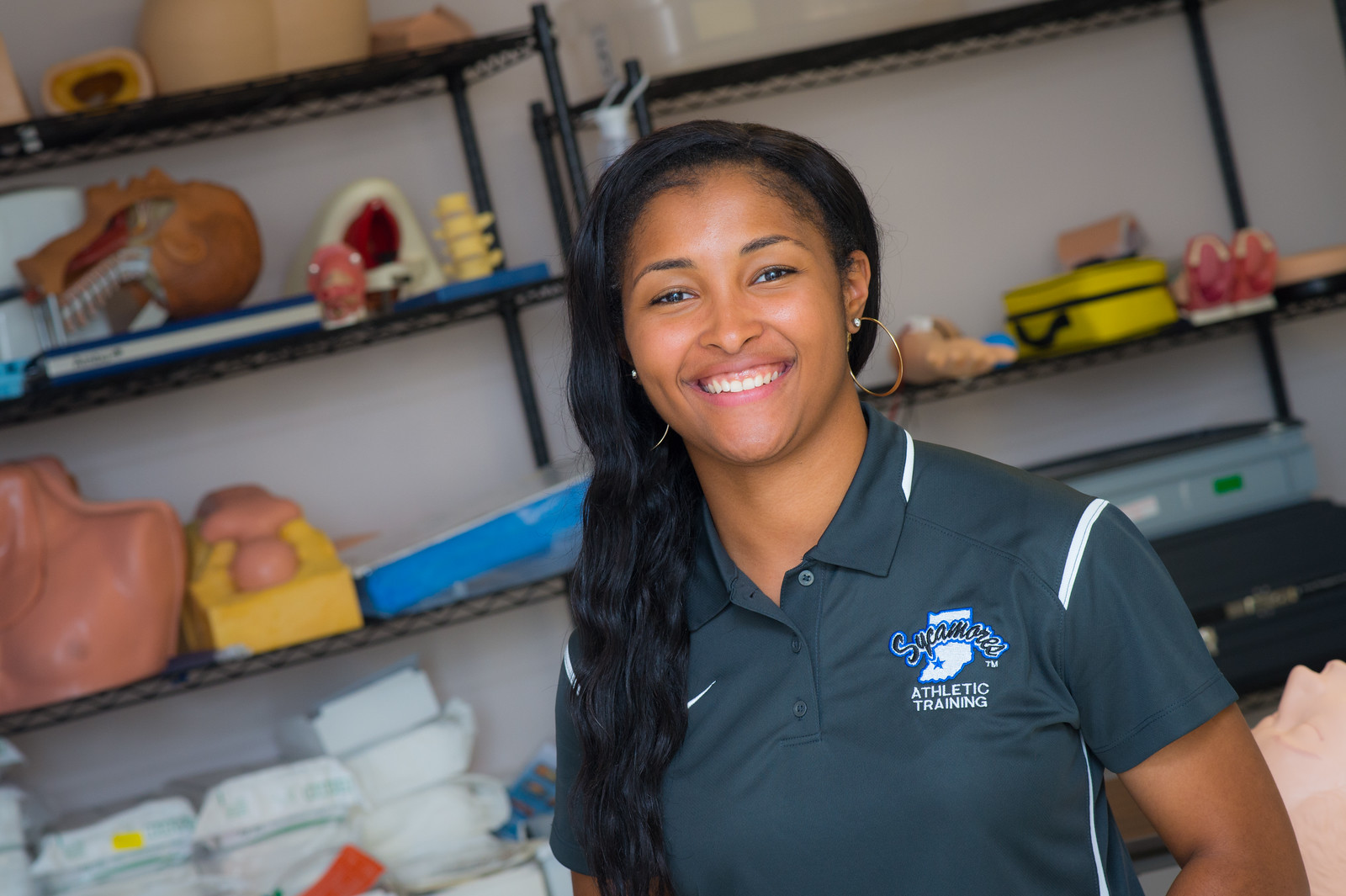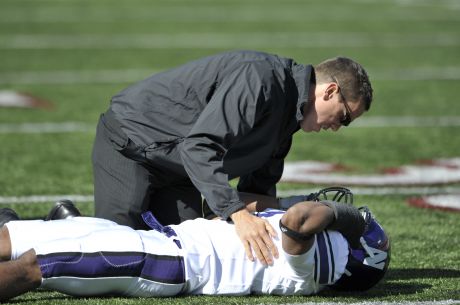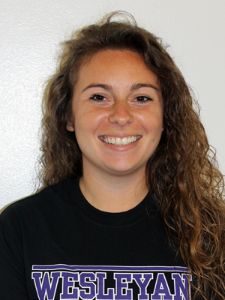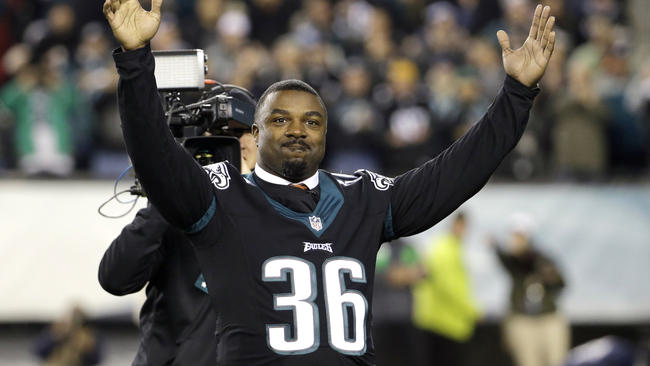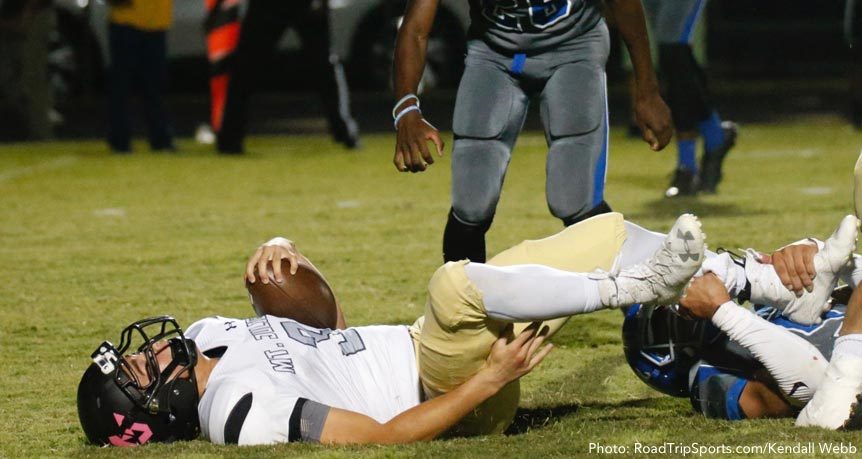
Article reposted from Forbes
Author: Blake Williams
It’s hard to think of the NFL these days without thinking about player safety. It looms over every Sunday of action and is reinforced as players enter concussion protocol or are lost for the season due to injury.
Football has always been a violent game, and while the league has taken strides to increase safety, injuries are simply a part of the sport. The emphasis, then, should fall to proper treatment.
NFL players, certainly, have the best medical care money can buy, but the lower levels of the sport don’t. The league is taking strides to address that problem.
Through a grant program that began two years ago and is expanding this year the NFL Foundation in conjunction with the National Athletic Trainers’ Association has expanded efforts to put more full-time athletic trainers in high schools around the country.
“People probably don’t appreciated how underserved high schools are,” NATA President Scott Sailor said. “I think over the years they are becoming more aware of the importance of athletic trainers.
“Were already doing educational programming and things like that, but (The NFL) was able to put some money behind it and get boots on the ground.”
The program began in 2014, replicating a program the Chicago Bears started in 2013, and 20 NFL teams have participated to improve athletic trainer programs that work with 160,000 high school students. This year the Expanded Pilot Program will be awarding 150 grants to high schools in Arizona, Oklahoma, Illinois and Oregon – states chosen based on need and demographics – allowing those in areas that don’t have an NFL team to benefit.
“We have been very pleased with the creativity and the interest and excitement that we have seen in a lot of those communities,” said Amy Jorgensen, NFL Director of Health and Safety Policy.
“We’ve been very pleased with what we have seen. This year the pilot program is a way for us to look at how the NFL might be able to expand our efforts. We really are looking for this pilot program to provide us with some important learning as to how we can have an impact in more communities.”
Each grant is for $35,000 over three years to fund an athletic training program with a Dec. 16 deadline for schools to apply.
The grant looks to address a drastic need as two thirds of high schools across the country don’t have a full time athletic trainer and nearly 30 percent don’t have any access to an athletic trainer.
“The challenge is providing healthcare to the people that need it most and those are the kids. I think (the NFL) realized how few high schools have athletic trainers,” Jacksonville Jaguars Head Athletic Trainer Scott Trulock said. “Specifically some of the inner city schools that aren’t as well funded have sports programs but don’t have athletic trainers.”
The Jaguars were one of the first teams to get on board with the program and partnered with Jacksonville Sports Medicine Program, a local nonprofit, to place athletic trainers in seven of the 17 schools in the area. Five more schools will be added to the program next season with the goal of all 17 Duvall County Public Schools having athletic trainers by 2020.
Bob Sefcik, the executive director of the Jacksonville Sports Medicine program, said he has been impressed with the NFL’s commitment to a long-term solution.
“The NFL helps us leverage the schools in really making a firm commitment,” he said. “So essentially the NFL wanted something in writing from the school district that they in fact were going to sustain the program beyond what the NFL funding would be taken care of.”
The work in Jacksonville is just one of the success stories to come from the grant, something the NFL is surely elated with after years of player-safety related backlash and declining participation numbers for football at youth levels.
For the NFL, Jorgensen said, the focus is on moving forward and the work with the NATA is a part of that.
“There is a lot of interest and concerns to safety in sports and we are looking at solutions. Medical efforts have said that at the high school level this is one way you can make sports safer.”
Regardless, all the league can do now is move forward and the NFL Foundation grant is doing just that to increase safety in youth sports.
“I do feel like I have an obligation to be a caretaker for the game,” Minnesota Vikings Head Athletic Trainer Eric Sugarman said.
“I think athletic trainers are a very important piece of the puzzle when it comes to athletics at all levels and this grant is about providing care to student athletes. It was never presented as having an agenda. It’s really just to help kids.”
While improving player safety at lower levels of football isn’t an obligation for the NFL, it is in the best interest of the league and good for the sport in general. Getting athletic trainers in more high schools will improve safety for all high school athletes, not just football players.
That’s clearly the NATA’s stance, but without the help of the NFL that has been difficult.
“We really feel like if we can get athletic trainers in place and provide the normal services that we do, what we are trying to do is expose them to the important role that the athletic trainer plays and once they see that they will realize they went way to long without an athletic trainer,” Sailor said.
